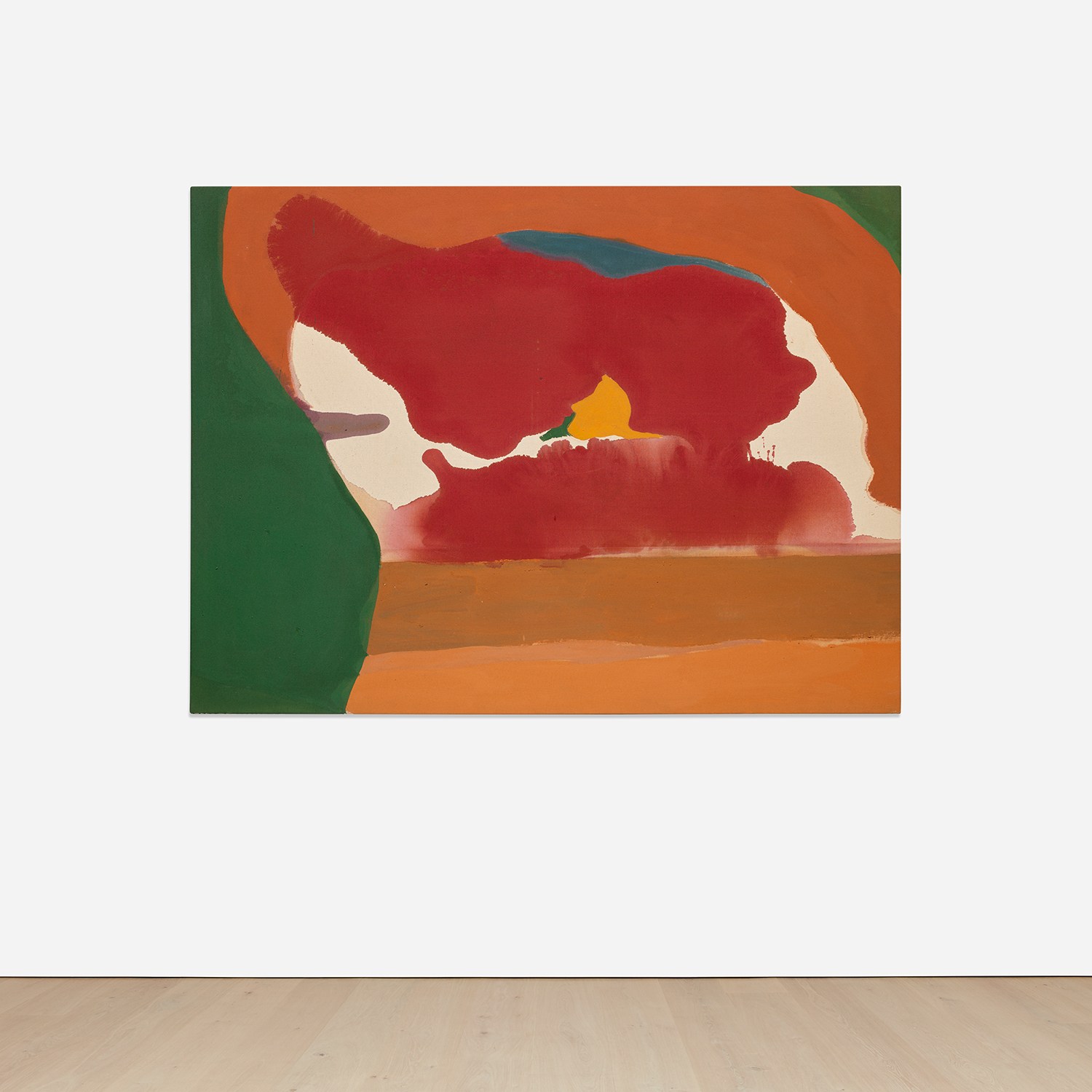



PROPERTY OF AN IMPORTANT PRIVATE COLLECTOR BEING SOLD TO BENEFIT THE GEISEL SCHOOL OF MEDICINE AT DARTMOUTH COLLEGE
37
Helen Frankenthaler
Fire
signed "Frankenthaler" lower right
oil on canvas
57 1/4 x 77 in. (145.4 x 195.6 cm)
Painted circa 1964.